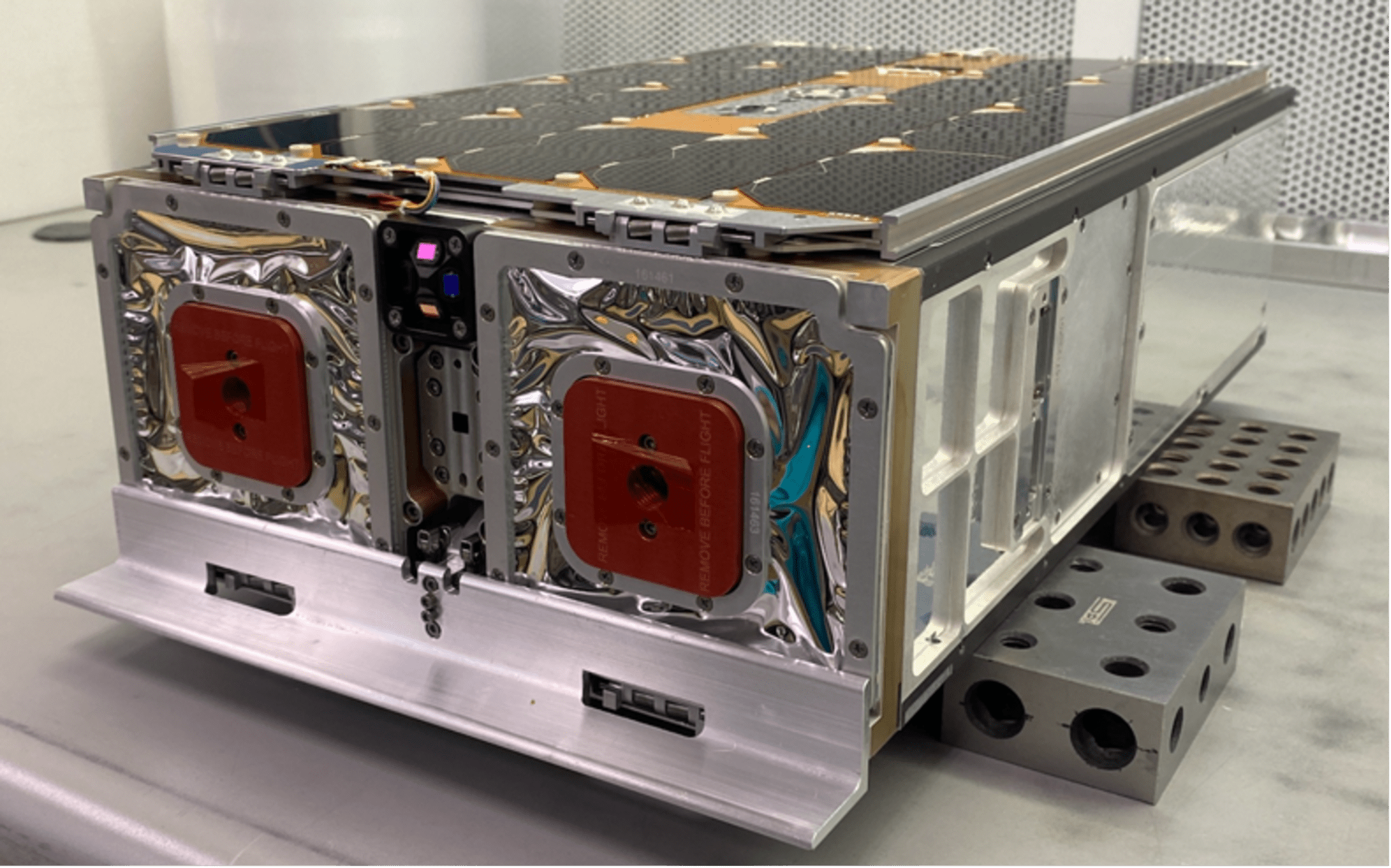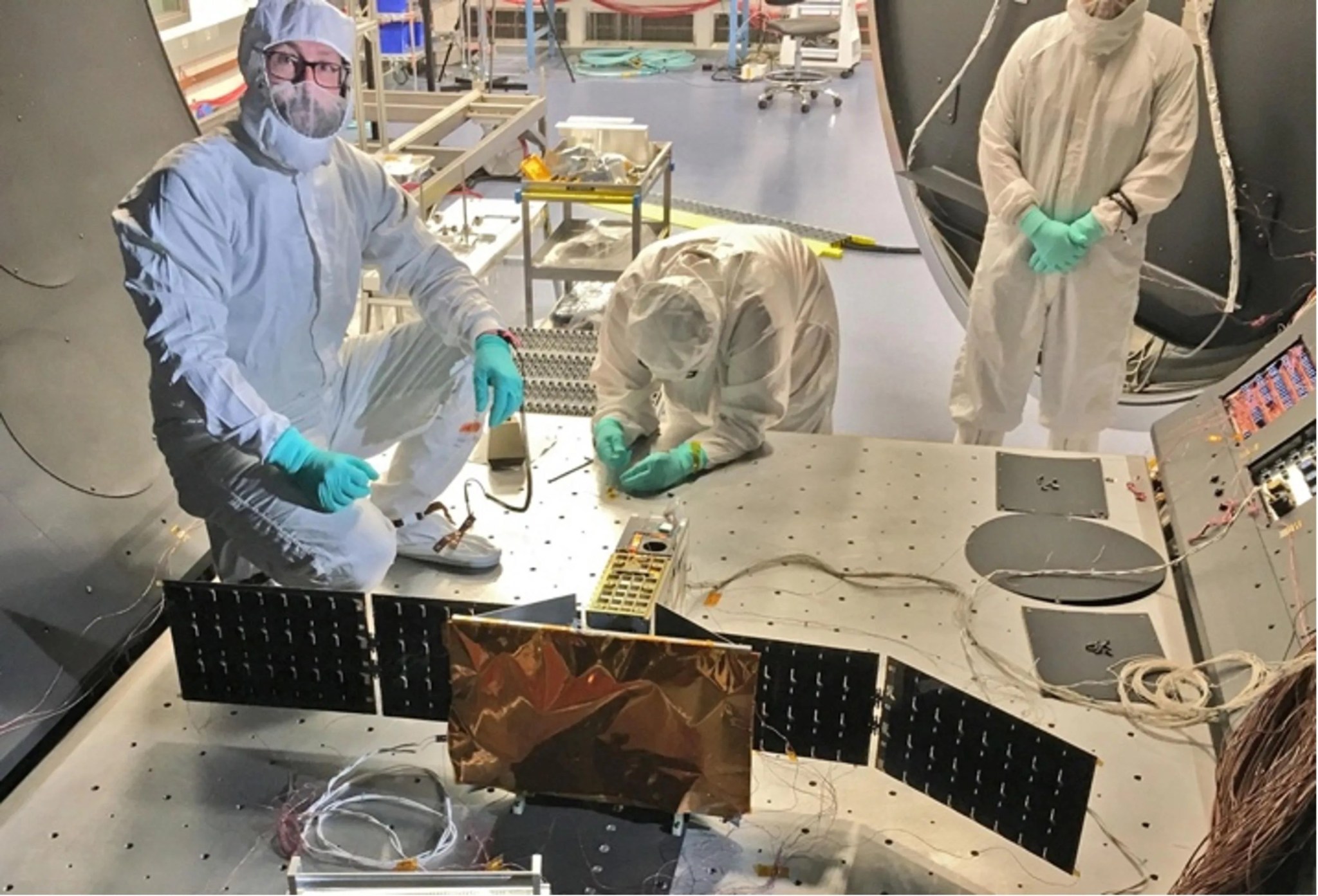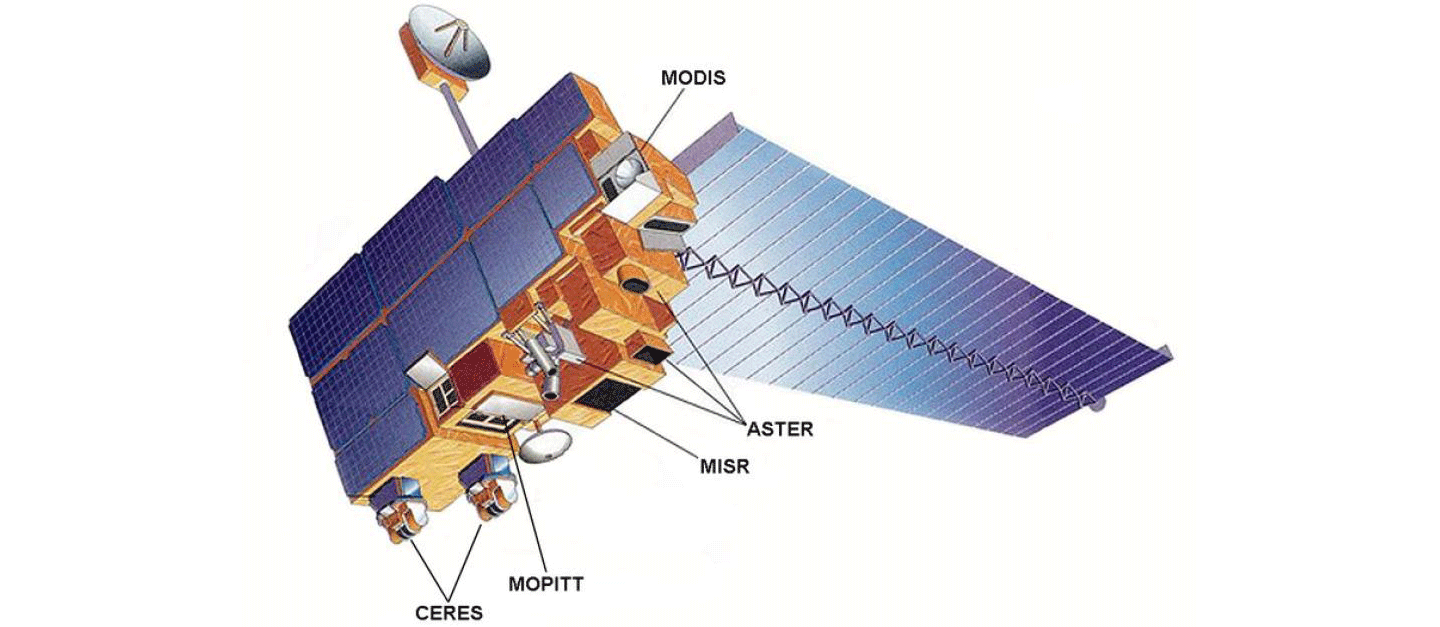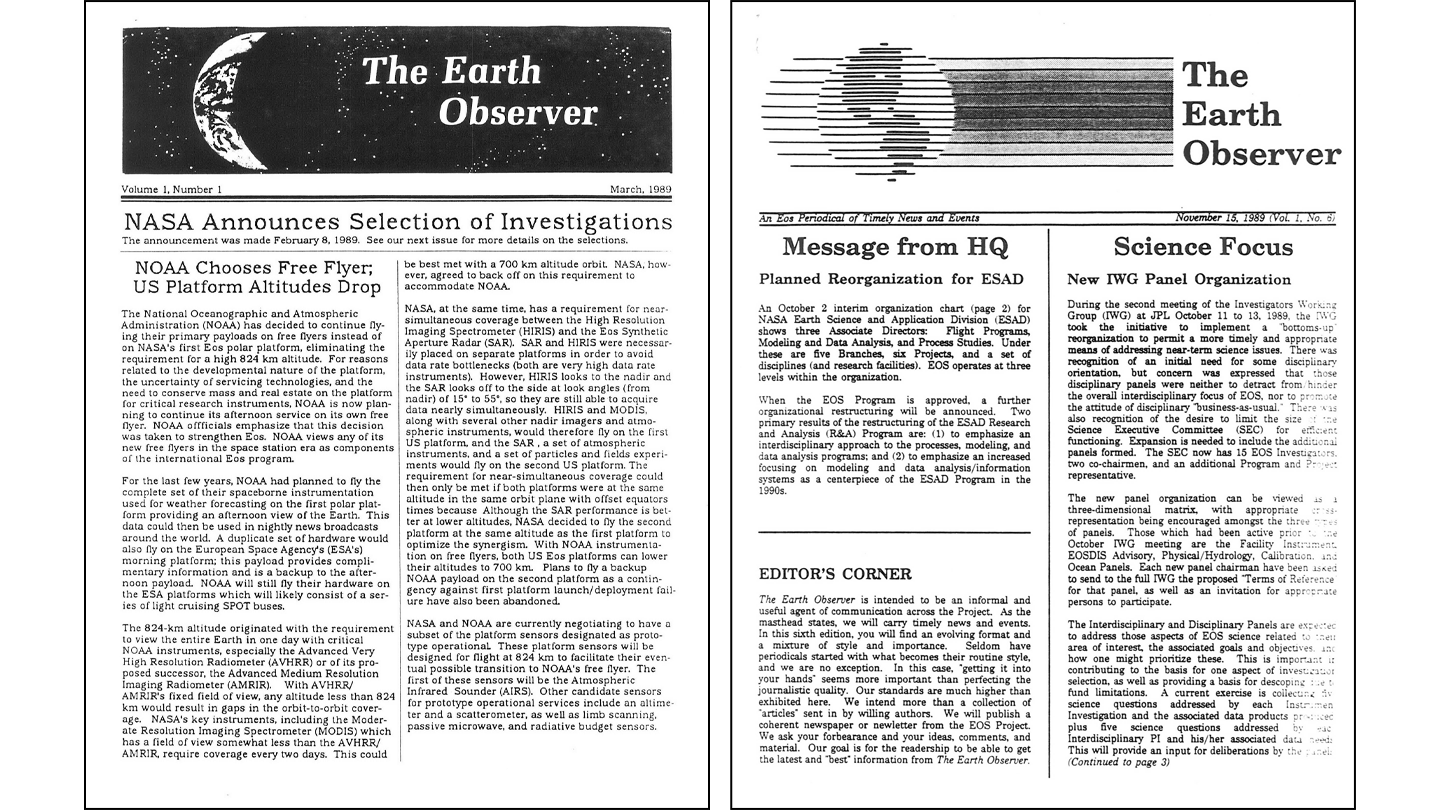PROJECT
Compact Total Irradiance Monitor (CTIM); Compact Solar Irradiance Monitor (CSIM)
SNAPSHOT
A pair of NASA projects will help researchers better understand the relationship between solar radiation and phenomena on Earth like severe weather and climate change.
Two small instruments are powering big scientific insights by measuring and analyzing all Earth-directed energy coming from the Sun. This information will allow scientists to understand how that energy influences our planet’s severe weather, climate change, and other global forces.
Developed by researchers at the University of Colorado’s Laboratory for Atmospheric and Space Physics (LASP), the Compact Total Irradiance Monitor (CTIM) and Compact Spectral Irradiance Monitor (CSIM) are among the smallest instruments ever dispatched to study solar energy and its impact on Earth systems; each instrument is about the size of a large shoe box.
CTIM, which launched earlier this year, will help scientists determine if small satellites could be as effective at measuring total solar irradiance as larger instruments, such as the Total Irradiance Monitor (TIM) instrument used aboard the completed SORCE mission and the ongoing TSIS-1 mission on the International Space Station.
CSIM, which launched in 2018 and completed its mission in February 2022, helped scientists observe individual spectrums of solar radiation with less than 1% uncertainty – an unprecedented level of accuracy for a small satellite dedicated to observing spectral solar irradiance (SSI).
Together, the two CubeSats represent a significant advancement in our ability to understand the Earth Radiation Budget (ERB)—the amount and types of energy Earth absorbs or reflects, as well as thermally emits, back into space.
“By far the dominant energy input to Earth’s climate comes from the Sun,” said Dave Harber, a senior researcher at LASP and principal investigator for CTIM. “It’s a key input for predictive models forecasting how Earth’s climate might change over time.”
“It’s very important, from the atmospheric chemistry point of view, to determine how much ultraviolet radiation, infrared radiation, and other wavelengths of radiation Earth receives, and how the amounts of each type of radiation changes over time,” added Erik Richard, a Senior Researcher at LASP and principal investigator for CSIM.
Both CTIM and CSIM take advantage of a new carbon nanotube material—developed in conjunction with researchers at the National Institute of Standards and Technology—that absorbs 99.995% of incoming light. This makes CTIM and CSIM uniquely well suited for measuring total and spectral irradiance, respectively.
Made of minuscule carbon nanotubes arranged vertically on a silicon wafer, the material absorbs nearly all light along the electromagnetic spectrum. “It looks a bit like a very, very dark shag carpet. It was the blackest substance humans had ever manufactured when it was first created, and it continues to be an exceptionally useful material for observing TSI,” said Harber.
Even though it uses only about as much carbon nanotube material as would fit on the face of quarter, CTIM can measure TSI, or, the gross sum of all sunlight that reaches Earth – about 1,361 watts per square meter at the top of Earth’s atmosphere.
CSIM operates slightly differently: a precision aperture allows a measured amount of solar radiation to reach an internal prism, which breaks that solar radiation sample into individual wavelengths. Multiple radiation detectors that are made of LASP’s new carbon nanotube material then measure how much of each wavelength is present in the sample.
In the future, NASA may merge CSIM and CTIM into a combined, compact satellite payload, allowing scientists to monitor both the total amount of solar energy reaching Earth and the individual spectral components making up that total with a small constellation of CubeSats.
“Right now, we’re going through the data we collected with CSIM and exploring the possibility of developing a new design to merge it with the new CTIM instrument. That would be a really exciting development for solar irradiance studies,” said Richard.
NASA’s Earth Science Technology Office (ESTO) played a critical role in developing both CSIM and CTIM. Specifically, ESTO’s Advanced Components Technology (ACT) program, Instrument Incubation Program (IIP), and In-space Validation of Earth Science Technologies (InVEST) program each provided crucial funding and expertise as the project developed.
“ESTO was critical. They allowed us to take risks, and we were able to prove that our technology concept is feasible and that its ready for larger NASA missions,” said Richard.
PROJECT LEADS
Dr. Erick Richard, University of Colorado’s Laboratory for Atmospheric and Space Physics (LASP) (CSIM); Dr. Dave Harber, LASP (CTIM)
SPONSORING ORGANIZATION
Earth Science Technology Office (ESTO); Earth Science Division (ESD); Science Mission Directorate (SMD); University of Colorado Laboratory for Atmospheric and Space Physics
Read more Technology Highlights



































